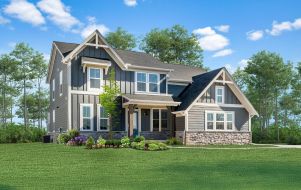EUmies Prize 2024 Set to Announce Winning Project Among Outstanding Finalists
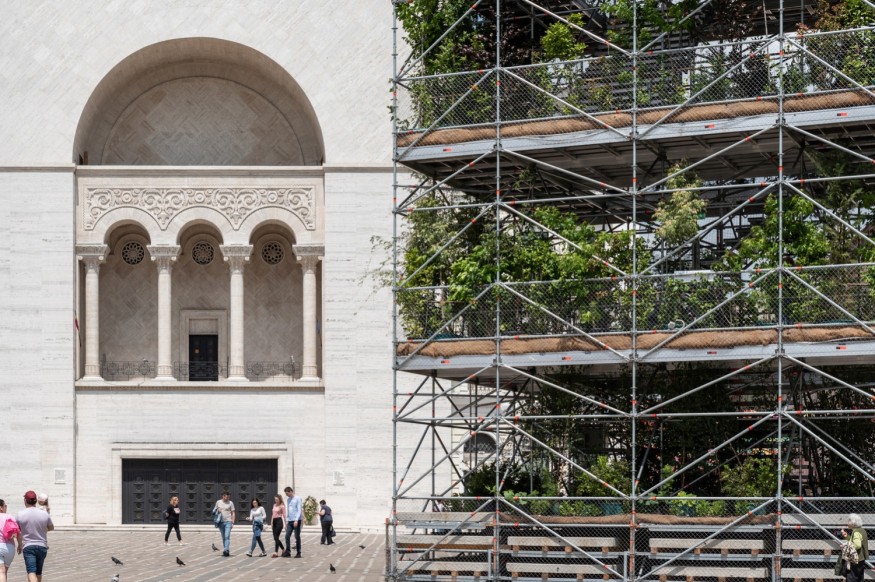
The EU Prize for Contemporary Architecture, which is so popular that it is also called the Mies van der Rohe Award, has become a leading illustration of European architectural standards. Having been launched by the European Commission and the Fundació Mies van der Rohe as early as 1988, this prestigious architecture prize has been an important idea-sharing platform in which high-quality architecture achievements from across the continent have been celebrated. There is a heightened sense of expectation as the time comes close from May 14th to October 12th at the Picasso Museum and the famous Mies van der Rohe Pavilion in Barcelona, where 40 finalists from over 362 nominees anxiously await their fate. Several buildings have been considered great examples of architecture, thus prompting them to be called to the attention of specialists and fans.
Apart from the aim of beauty, the innovative entries undergo a comprehensive assessment under headings such as conceptual novation, sustainability, social impact, cultural factor, and technical mastery. The following paragraph is an excerpt from an article entitled: 'Exploration of some of the shortlisted projects drawing our attention and positive reaction.'
Escadinhas Footpaths

Escadinhas Footpaths, situated in Matosinhos, Portugal, is a testament to architecture's transformative power in neglected urban areas. This project by Paulo Moreira Architectures, in partnership with Verkron, intends to integrate the world of art with architecture and nature. It creates a network of footpaths that facilitate the city's access to the green areas, namely the neighborhood of Monte Xisto and the Leça River. By mobilizing architects, artists, local contractors, and the beneficiaries, the initiative not only renews the physical dimension but brings communities together, offering them a sense of ownership and responsibility for the place's future.
Floating University Berlin
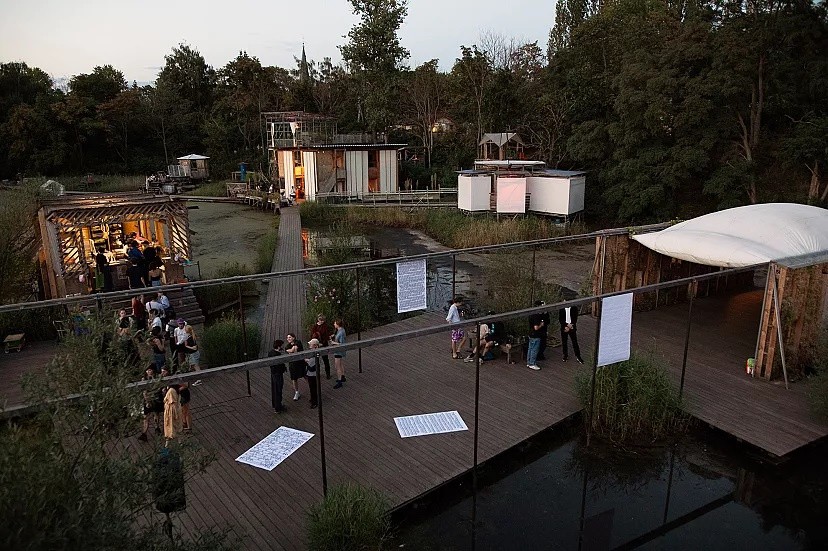
In the heart of Berlin, Germany, the Floating University Berlin defies conventional notions of educational spaces. Conceived by the Floating e.V. Association, this unconventional learning site is nestled within a rainwater retention basin of the ex-Tempelhof Airport. Blurring the boundaries between nature and culture, the university features evolving structures constructed from low-impact materials, offering a platform for exploring urban relationships and sustainability.
Art Pavilion M.
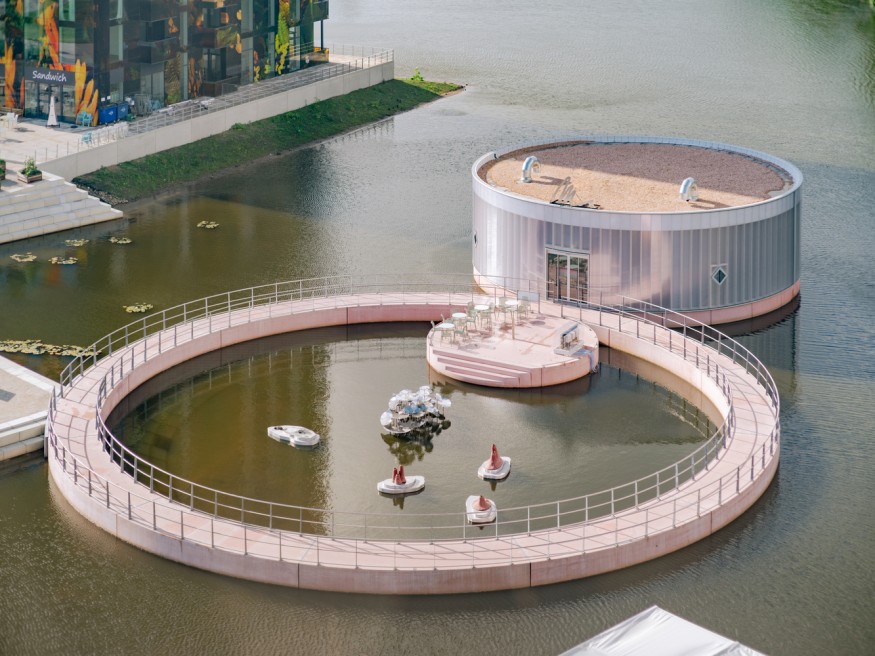
In Almere, The Netherlands, Studio Ossidiana presents the Art Pavilion M., a multimedia museum that seamlessly integrates with its aquatic surroundings. Designed as a public space on water, the pavilion's circular elements invite visitors to immerse themselves in art and nature, embodying a harmonious fusion of architectural innovation and environmental sensitivity.
Open-air swimming pool: FLOW
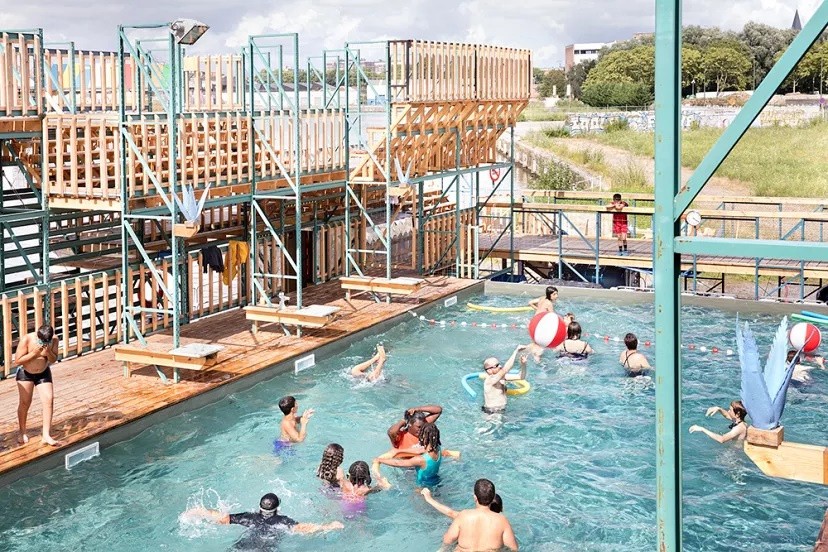
Turning our gaze to Anderlecht, Belgium, the FLOW open-air swimming pool emerges as a beacon of urban renewal and community engagement. Conceived by Decoratelier Jozef Wouters in collaboration with POOL IS COOL, this temporary oasis serves as a recreational space and a rallying cry for permanent solutions to the absence of open-air swimming spots in cities. Embracing sustainability principles, the pool features an ecological water purification system and a design that allows future adaptability and reuse.
Nursery. 1306 plants for Timișoara
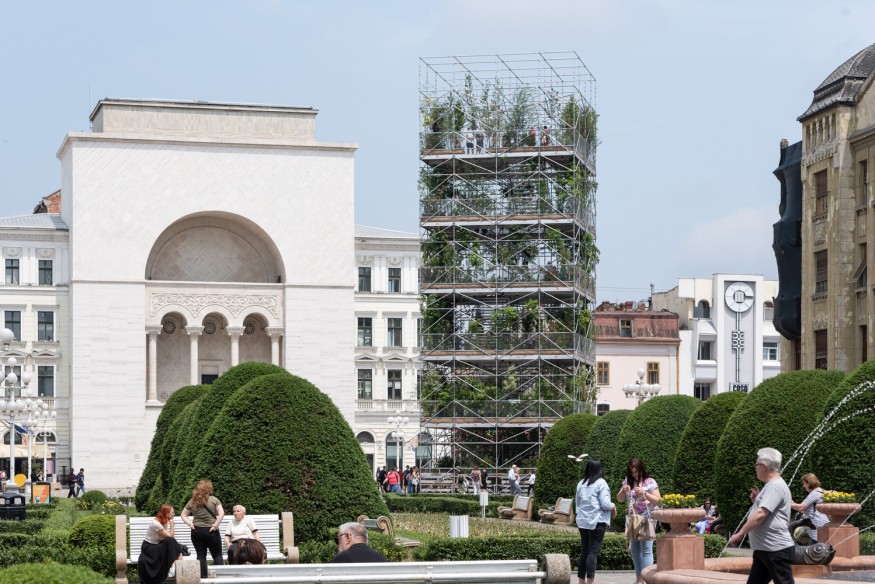
In Timișoara, Romania, the Nursery. One thousand three hundred six plants for the Timișoara project stand as a testament to the pivotal role of greenery in urban landscapes. Spearheaded by Maio, Studio Nomadic, and Studio Peisaj, this temporary tree nursery facilitates local species' growth and catalyzes public discourse on the importance of green spaces in urban planning.
Targ Blonie Food Market
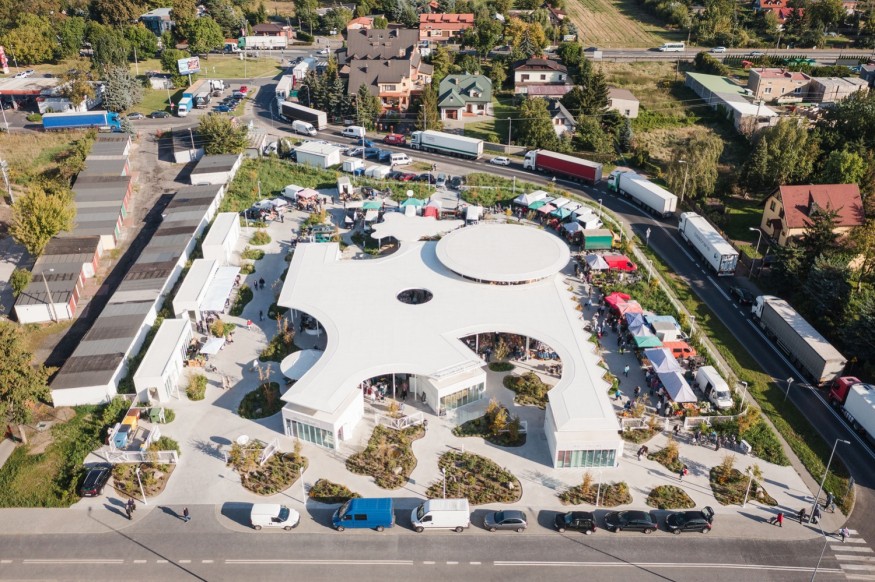
Finally, in Błonie, Poland, the Targ Blonie Food Market reimagines the traditional marketplace as a dynamic hub for community interaction and ecological stewardship. Crafted by Pracownia Architektoniczna Aleksandra Wasilkowska, this innovative space combines park and bazaar functions, seamlessly blending environmental sustainability with social connectivity.
As the countdown to the announcement of the EUmies Prize winner draws near, these visionary projects serve as compelling testaments to the transformative power of architecture in shaping the fabric of our cities and communities. From revitalizing neglected urban areas to fostering sustainability and social inclusion, each finalist embodies the ethos of innovation and excellence at the heart of the European architectural landscape.
Related Article : Earth Day 2024 Showcases the Best Examples of Passive Architecture










